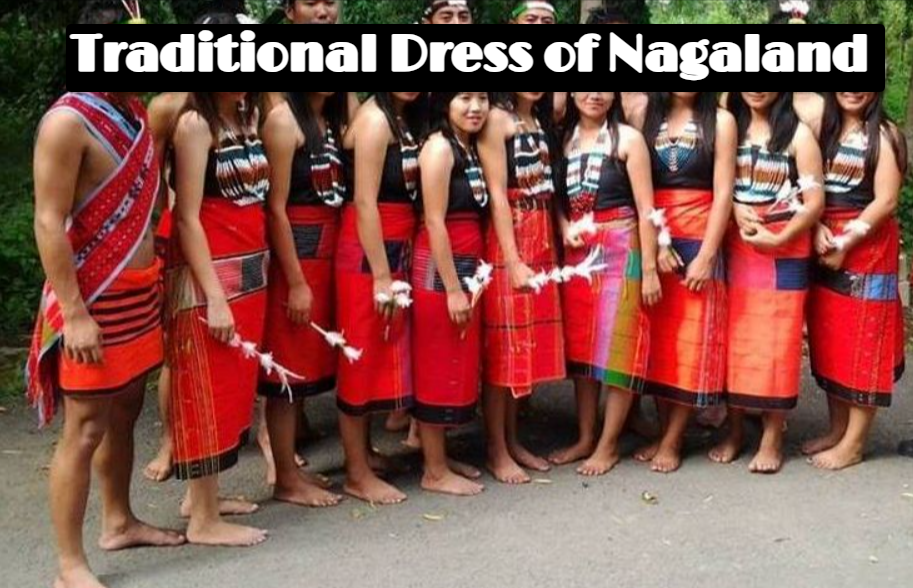Nagaland state is known for its rich cultural heritage. There were fewer visitors to the state before but it has risen in its popularity in recent years. No matter if you’re a lover of nature or a thrill-seeker, there’s always something exciting to discover in Nagaland. From its stunning traditional attire to kilt dress, every of them is beautiful in its own unique way. Here are a few of Nagaland’s classic clothes for women and men that are sure to attract tourists from all over the world.
Traditional attire of Nagaland for women
1. Neikhro
Traditional skirts are hung around the waist of Angami women. The skirt is similar to the dress. Neikhro is a very popular traditional dress that is similar in style to Manipuri classic dress. Its gorgeous design and elegant design are enough to draw the attention of others.
2. Azu Jangup Su
Azu Jangup Su can be described as a dazzling dress. It’s a long straight-cut skirt that is adorned with bright strip boxes of red and yellow all around. The fanciful black skirt is usually paired with a blouse that matches or top. The use of Bangles or necklaces as well as accessories can enhance the look of the skirt.
3. Mechala
Mechala is an amazing piece of fabric that is tied around an shawl and skirt by Nagame women. It is a traditional dress for them. The mix of appearance fashion, style, comfort and color is a reflection of their culture.
4. Moyer Tusk
The geometrical zigzag design on this blue cloth provides elegant style to this traditional attire from Nagaland. Although this dress has seen numerous changes over the years the original pattern was dyed in a deep blue. This zigzag design at the edges enhances the overall look that the dress has. When this fabric is worn with stylish jewelry, it creates a sophisticated appearance.
5. Lohe
Lohe can be described as an Angami tribal dress. The patterns of yellow and red bands are woven around the garment. The traditional attire of Nagaland wears by the tribes of Angami village in the western region of the state. They have an unique characteristic of distinct designs.
Traditional attire of Nagaland for men
1. Tsungkotepsu
Tsungkotepsu is a classic Ao warrier Shawl. There are a variety of animal characters such as Mithun (animal sacrifice) and cock, a humans head and tiger spear, and elephants are printed on this shawl. Each of the characters included on the shawl are of special significance. For instance the Mithun is a symbol of the worth of the person wearing it. The Human head symbolizes the wearer’s accomplishment. In addition, the images of the elephant and tiger indicate the ability of the tribe to hunt. These patterns are generally black and are printed over the band of white.
2. Alungstu and Lungpensu
Alungstu is a dress that is traditional from Nagaland and has become a fashion statement even to this day. The attire is solely a symbol of wealth and success, and belongs to powerful families. The most common dyes are colors of red or yellow. There are floral patterns that represent good luck and happiness. A dark blue-colored fabric with an elongated strip along the edges distinguishes Lungpensu. It features a white and checkered red design in the middle, and is decorated by five distinct gentle blue strips.
3. Ratapfe and Khiamniungan Attire
Rataphe is a casual wear traditional dress. A black shawl has been embroidered with cowrie shells located in 3rd and 4th rows. Khiamniungan is the distinctive attire that belongs to members of the Khiamniungan tribe. It’s a sleeveless dress constructed of cotton. It usually is available in black or blue.
4. Rhikho
Rhikho is made up of pure white fabric with four bands of black. It’s a traditional dress to Nagaland men who have never ever hunted or held an elaborate feast for their tribal communities.
5. Changs (Shawls)
There are a variety of Chang Shawls. Tobu Nei is an abstract pattern that has black and red lines on the. Kaksi the nei is a typical dress used by both men as well as females in Nagaland. Rongkhim is an red triangular scarf worn by those who have lost their lives in conflict. Yimchunger, Mokhok and Aneak Khim are just a few of the shawls worn by Nagaland men.
Conclusion
Nagaland exhibits the cultural diversity by its traditional clothing. Every piece tells a story of strength, courage as well as joy and wealth in everything from vibrant outfits to Shawls. No matter what it is, whether it’s the colorful Azu Jangup Su dress or the savage-looking Tsungkotepsu Nagaland’s traditional costume is a stunning combination of beauty and significance.


